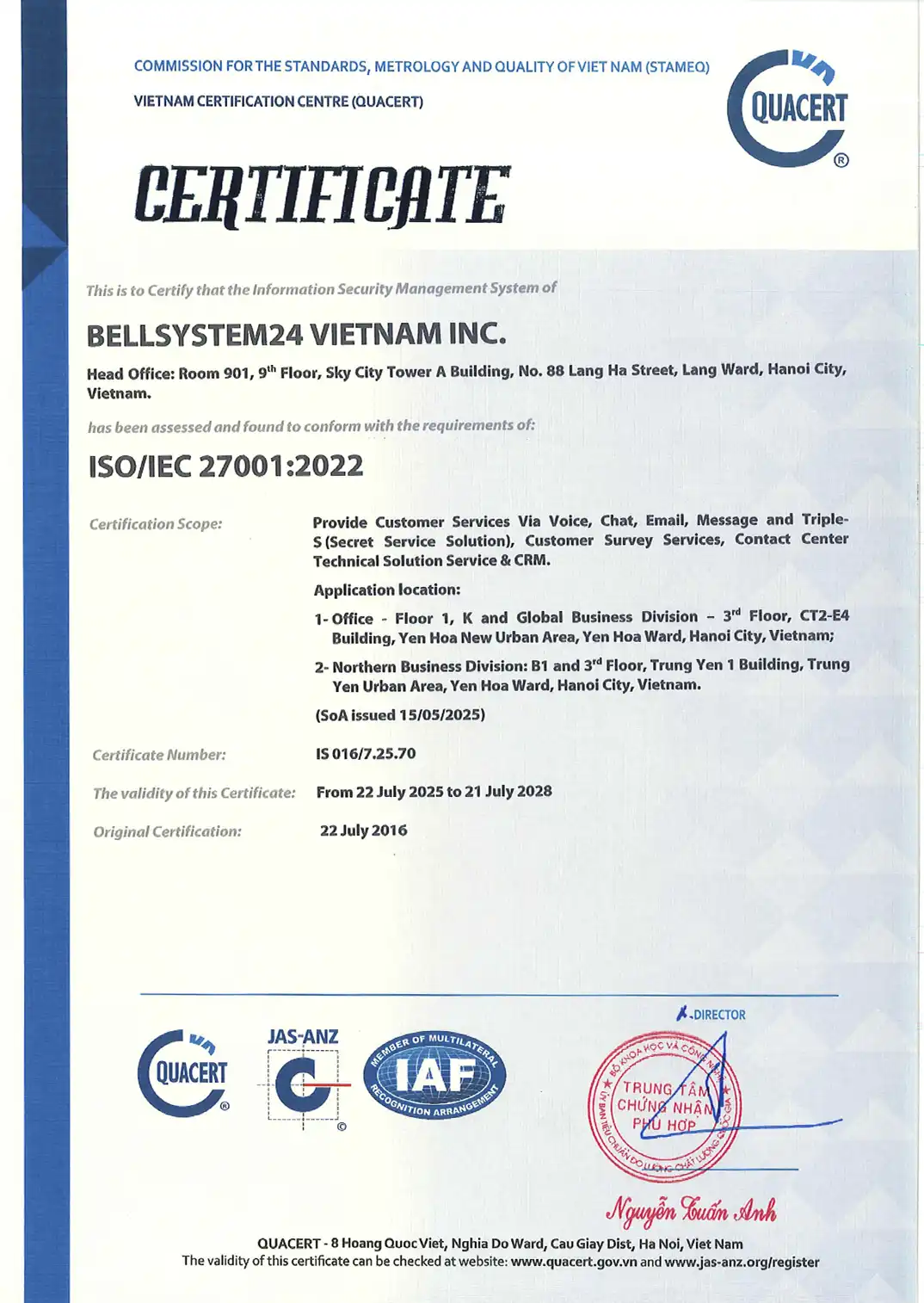Depending on the needs of each business, you should consider choosing the appropriate deployment method. In general, the functions and roles they bring are relatively similar. This article compares the two models according to specific criteria to highlight the strengths and weaknesses of virtual switchboards and traditional switchboards. It may help you easily make the right choice for your business.
Concept
Traditional switchboard
It is a switchboard system that uses hardware configuration (computers, servers, headsets, phones, etc.), software, and infrastructure (offices, tables, chairs, etc.) to operate. Setup, operation, and maintenance depend on your staff (either in-house or outsourced).

Virtual switchboard
Also known as cloud switchboard, cloud-based switchboard solution. Virtual switchboards are operated and stored on the cloud of these service providers. Users access the system through applications installed on computers or phones.
Compare virtual switchboard and traditional switchboard
Establish.
Traditional switchboard: Installing a traditional switchboard requires the pairing of hardware devices, Call/Contact Center software, infrastructure, etc. These tasks will take a lot of time, cost and require high experience. Therefore, this form is often outsourced by business units.

See also: Contact Center service is quick to set up and customize.
Virtual switchboard: Allows for quick setup based on a vendor's existing platform. Works almost immediately without hardware devices.

Flexible.
Traditional switchboard (On premises): In case the business operates its own switchboard without using outsourced services. This form is often less flexible. When wanting to add/remove a switchboard staff, it also means adding/removing a hardware unit. If wanting to reduce the scale of operations, it means wasting available equipment.
In terms of mobility, your agents always need to be at their desks in the office.
Virtual switchboard: Cloud Call Center is outstanding in its flexibility when it comes to easily expanding/shrinking the scale of operations. Adding or removing employees is also done very easily without having to intervene too deeply in the system. In addition, the virtual switchboard also allows employees to work remotely with the ability to flexibly connect computers/phones with Internet access.
Functions.
In general, both platforms have the same features (Only considering the same advanced systems such as the Contact Center switchboard that Bellsystem24-Vietnam owns), specifically:
- Smart IVR: Automatic voice interaction software.
- ACD: Smart call distribution software.
- Call monitoring: Record and report calls.
- Pop-up: Display available customer information.
- Integration CRM
- Speed dial.
Stability.
Traditional switchboard: This platform allows the call center operations to run smoothly, with few glitches that disrupt business operations. Some glitches that may occur are usually related to computer hardware, but they can be resolved quickly.
Virtual switchboard: Although many businesses providing this service promise its stability, in reality, when implementing it, they encounter many problems related to virtual servers. These may be minor problems, but the processing time is often not fast, because the business cannot intervene itself but must rely on the support of the lessor.
Data security and integrity.
Traditional switchboard: Owning and operating closed equipment systems helps keep data secure. Unfortunate information security incidents occur mainly due to intentional human violations and equipment system failures. However, these risks can be overcome 100% by backing up CRM data and securing it with programmed software.
See also: Contact Center service with absolute security according to ISO 27001 standard
Virtual switchboard: Although cloud computing has developed relatively good security in recent times, information leaks from this platform are still an obstacle for businesses.
Expense.
Traditional switchboard: The cost of a switchboard is often very high if a business does not use an outsourced service but builds and operates it itself.
Cost includes:
- Buy hardware
- Software Development
- Infrastructure
- Human Resources
- Maintenance fee
Virtual switchboard: Lower investment costs, as it operates on a cloud platform. No need to invest in equipment and infrastructure.
This cost includes:
- Human Resources
- Lease contract fee.
Summary.
Traditional switchboard.
Advantage: Stable, highly secure, with all the necessary functions of a switchboard.
Disadvantages: High investment cost, flexibility in scale is not as high as virtual switchboard.
Suitable for: Medium and large-sized enterprises use switchboards for a long time, have a stable switchboard operating staff, and prioritize information security.
Virtual switchboard.
Advantage: Flexibility, Lower investment cost than traditional switchboard.
Disadvantages: Stability and security are lower than traditional switchboards.
Suitable for: Small and medium sized businesses using switchboards want to save costs and optimize flexibility in operations.







